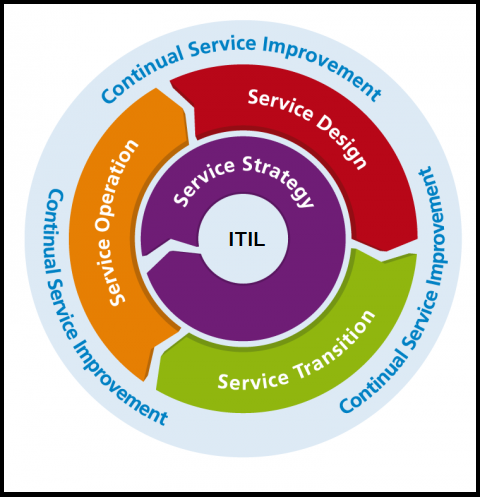The service strategy of any service provider must be grounded upon a fundamental acknowledgment that its customers do not buy products, they buy the satisfaction of particular needs. Therefore, to be successful, the services provided must be perceived by the customer to deliver sufficient value in the form of outcomes that the customer wants to achieve.

Achieving a deep understanding of customer needs, regarding what these needs are, and when and why they occur, also requires a clear understanding of exactly who is an existing or potential customer of that service provider. This, in turn, requires the service provider to understand the wider context of the current and potential marketplaces that the service provider operates in, or may wish to operate in.
A service strategy can not be created or exist in isolation of the over-arching strategy and culture of the organization that the service provider belongs to. The service provider may exist within an organization solely to deliver service to one specific business unit, to service multiple business units, or may operate as an external service provider serving multiple external businesses. The strategy adopted must provide sufficient value to the customers and all of the service provider’s stakeholders – it must fulfill the service provider’s strategic purpose.
Irrespective of the context in which the service provider operates, its service strategy must also be based upon a clear recognition of the existence of competition, an awareness that each side has choices, and a view of how that service provider will differentiate itself from the competition. All providers need a service strategy.Hence, the Service Strategy publication sits at the core of the ITIL V3 lifecycle. It sets out guidance to all IT service providers and their customers, to help them operate and thrive in the long term by building a clear service strategy, i.e. a precise understanding.
Key Concepts
- What services should be offered who the services should be offered to 4 Service Strategy?
- How the internal and external marketplaces for their services should be.
- Developed the existing and potential competition in these marketplaces, and the objectives that will differentiate the value of what you do or how you do it.
- How the customer(s) and stakeholders will perceive and measure value, and how this value will be created how customers will make service sourcing decisions on use of different types of service providers
- How visibility and control over value creation will be achieved through financial management.
- How robust business cases will be created to secure strategic investment in service assets and service management capabilities.
- How the allocation of available resources will be tuned to optimal effect across the portfolio of services.
- How service performance will be measured.
The Service Strategy Defines Some Key ITIL Concepts
The four Ps of Strategy:
- Perspective - the distinctive vision and direction
- Position - the basis on which the provider will compete
- Plan - how the provider will achieve their vision
- Pattern - the fundamental way of doing things – distinctive patterns in decisions and actions over time.
Key Roles and Responsibilities
The Service Strategy defines some specific roles and responsibilities associated with the execution of a successful service strategy, including:
- Business Relationship Manager (BRM) - BRMs establish a strong business relationship with the customer by understanding the customer's business and their customer outcomes. BRMs work closely with the
- Product Manager (PM) - PMs take responsibility for developing and managing services across the life-cycle, and have responsibilities for productive capacity, service pipeline, and the services, solutions, and packages that are presented in the service catalogs.
- Chief Sourcing Officer (CSO) - the CSO is the champion of the sourcing strategy within the organization, responsible for leading and directing the sourcing office and development of the sourcing strategy in close conjunction with the CIO.
